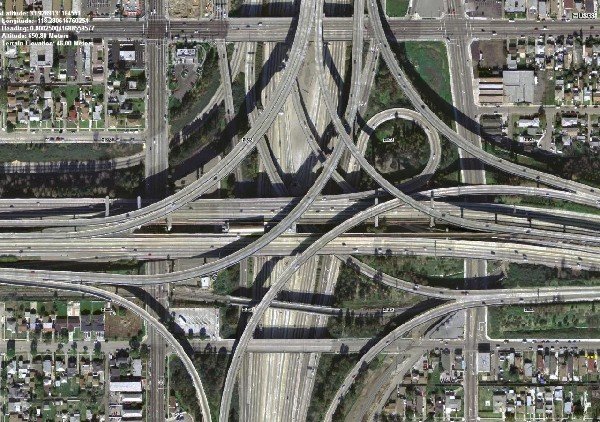
6 HIGH WAY DRIVING TIPS FOR NEW DRIVERS
Pay Careful Attention to the Speed Limit
The speed limit varies from highway to highway. On most highways, the speed limit is 70 mph during the day, and 65 mph during the night. Pay attention to the speed limit. Driving too quickly or driving too slowly poses a hazard not only to you, but also to everyone else using that highway.
Stay in the Right Lane
Contrary to popular belief, not all highways dedicate the left lane as the "fast" lane. There are some highways that dedicate these left lanes strictly as passing lanes. It is acceptable to use these left lanes for passing, but not to use them continuously for cruising. Move off to a lane on the right immediately after you are finished passing a car. Passing lanes are also more common on larger, multi-lane highways. Failure to abide by this rule can result in a high fine. Keep a close eye out for signs that read "Left Lane for Passing Only.”

Stay Alert for Trucks on the Highway
Trucks can sometimes weigh up to 40 tons and require up to 100 yards to come to a complete stop. Keep a safe distance behind trucks. A good tip: watch when the truck in front of you passes a fixed object, then, see if it takes you at least two seconds to pass that same object. If it takes less than two seconds for you to pass that same object, you are driving too closely to that truck. Another good rule of thumb is that if you can't see the driver's windows or the actual truck driver, then they cannot see you. Remember to never pass a truck from behind when it is in reverse.
Moving Over for Emergency Vehicles
Many people naturally move an extra lane away from a stopped emergency vehicle that has bright red flashing lights. This is a correct maneuver, as the law requires you to do this. However, did you know that it is usually also required that you go 20 mph below the posted speed limit as you do so?

Taking a Break
If you’re driving on the highway for a long trip, make sure to plan breaks into your drives. Being drowsy can be downright deadly when driving on a highway (or anywhere for that matter). Driver fatigue is an obvious indication that you are not alert enough to drive safely. If you suddenly find yourself yawning incessantly, drifting unintentionally from lane to lane, or find your eyelids closing intermittently due to tiredness, then pull over to a safe place, and stretch your legs. Rest for 15-20 minutes. Repeat this every two hours or so if possible. Remember the best way to avoid an accident is prevention. Before a long drive, make sure to get a good sleep before your road trip.
Rest Areas Are Your Friend
Large rest areas are places where you can park your car in a safe environment; law enforcement officers are almost always present at these locations. Use these places to your advantage: take a nap, use the bathroom, check out the road conditions ahead.
